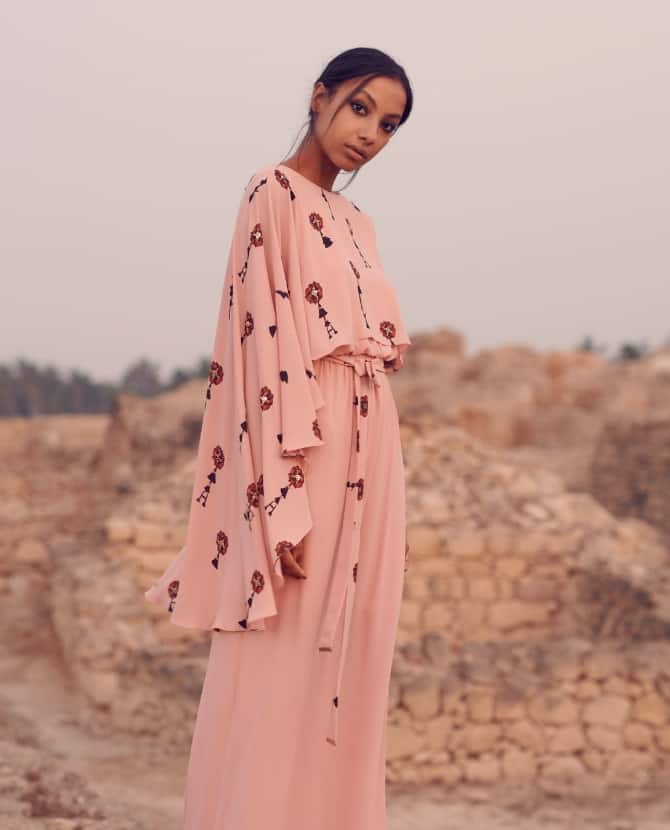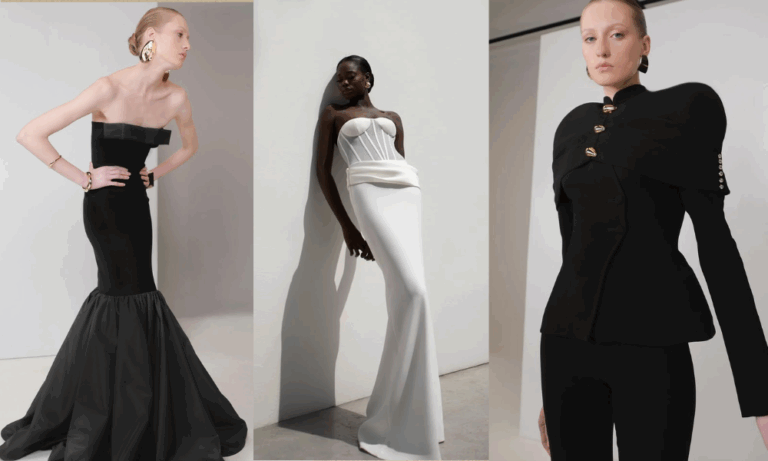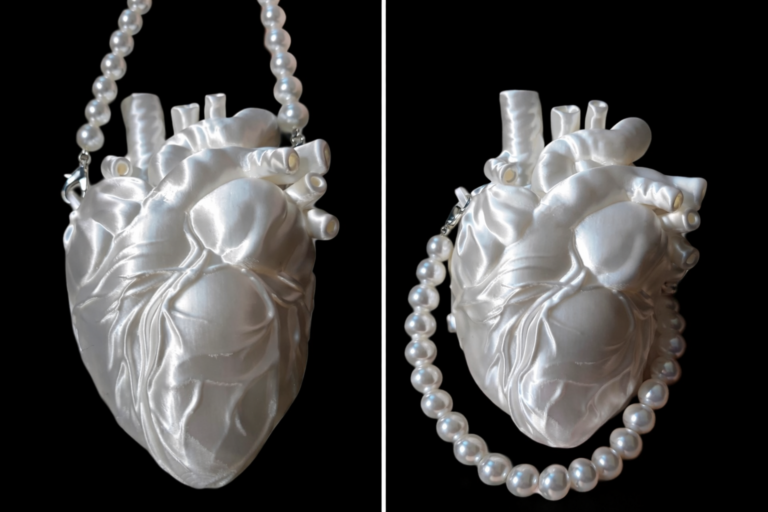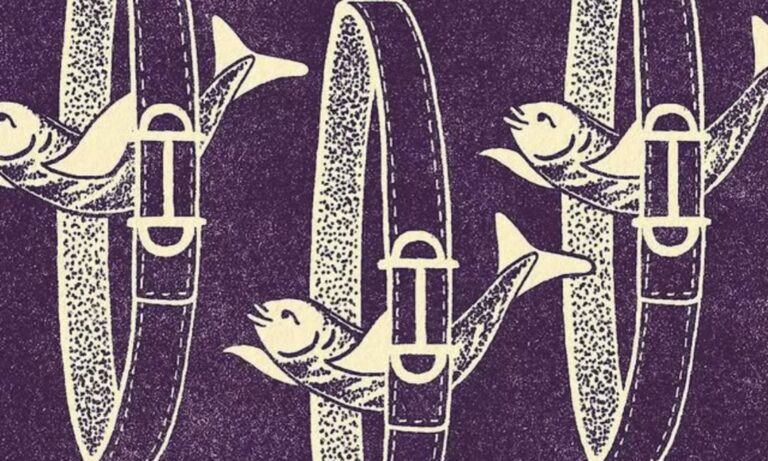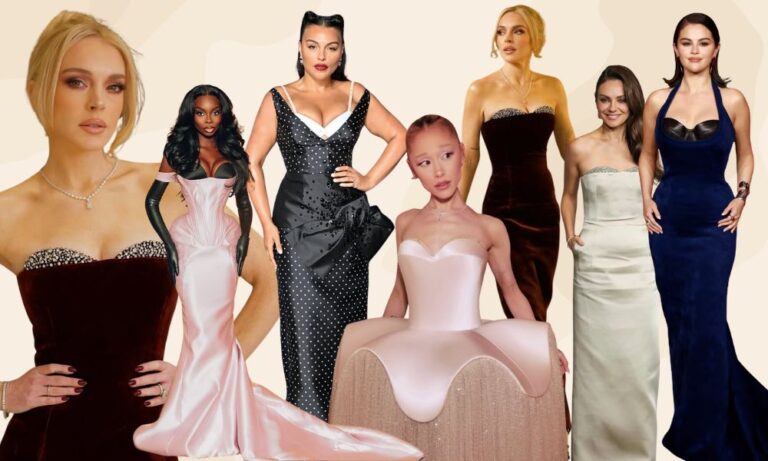The light-filled, slighty cavernous space of the National Museum of Oman was the setting for Amal Al Raisi’s S/S’19 presentation. Between displays of Omani hospitality (heritage cookware and the likes) we sat and saw the traditional meets modern silhouettes almost dance on the runway. Wearable history it came across as, and that was exactly Al Raisi’s intention.
We spoke with her ahead of the presentation to go deeper into the brand’s Omani association. 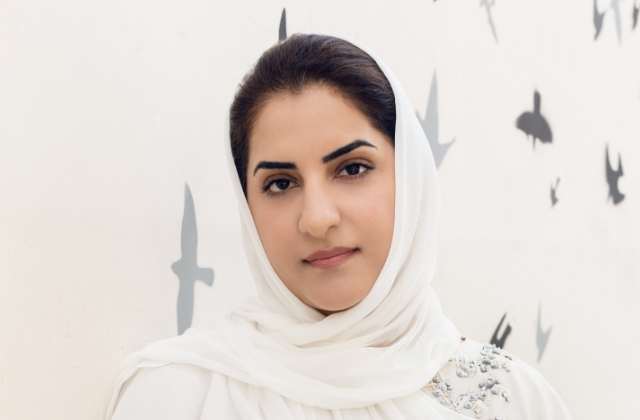
How come you haven’t done what a lot of other regional designers have done and set up shop in Dubai?
I think it’s because I started in Oman, I have my boutique here as well as the workshop. I always want to be on top of things. And its the core identity of the brand. Yes, I want to sell internationally but it doesn’t mean I need to uproot my brand from its heritage. I never want to forget my home market. I want to continue to show my gratitude for their support. I want to share every success of this journey with them.
How much of the brand is sourced in Oman?
Well, the materials are from everywhere in the world but in terms of the team and the presentation – I have printed my lookbook here, a lot of the models are based in Oman and I even have girls from the Scientific College of Design in Oman who dressed the models. So it’s about putting my own country’s resources into the brand as much as possible.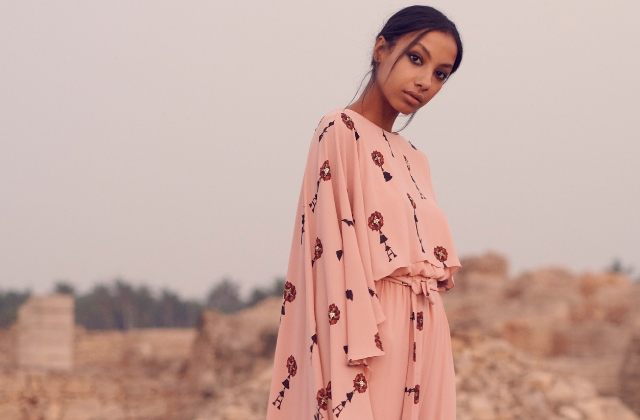
Are you more nervous to showcase abroad or in Oman?
I have done shows in Paris, Italy and London but I am the most nervous when I do shows in Oman. The people here are the most important to me.
So tell us about the S/S’19 collection, it looks like it has a distinct Omani touch…
The inspiration is from the south of Oman, the UNESCO world heritage site of Al Baleed in Salalah. It used to be one of the most important ports in the region, thousands of years ago. They used to trade horses, gold and silver to India, China and other areas. And this was my starting point this season because with each collection I use stories from Oman’s history.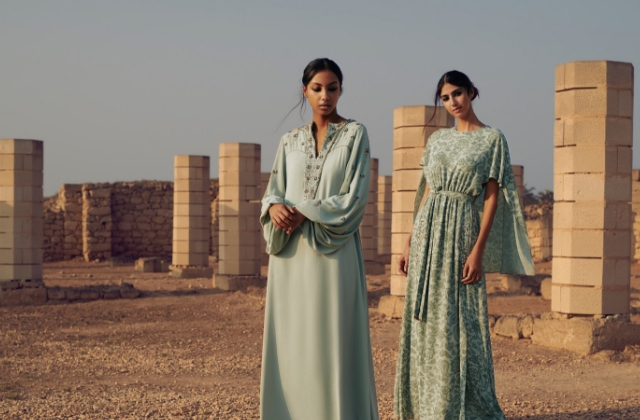
How have you stitched that history into the designs?
I worked with a print designer to make sure that every element represented something. For example, flowers feature prominently in the collection. Back then, sailors used to look at flowers to determine a sense of timing. And the coins (mostly on the sleeves) represent Chinese and Indian heritage. There are also maps of Oman too which I have woven into the material.
Why did you pick this region of Oman?
We have elevan governates in Oman and I want to try and cover our country’s rich history with each new season. 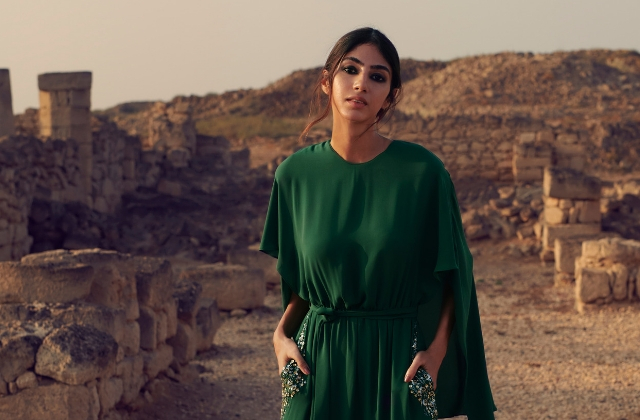
The colours of this season are both muted and vibrant with lots of earthy tones. What does this represent?
The green very much represents Salalah, one of the greenest parts of the Gulf and like no other part of the region. In the summer as well, it’s even greener than any other time of year. The clay tones of the collection are rooted in the colours of the Al Baleed.
How much of yourself do you insert into the process of creating a collection?
Everything. I don’t stitch but I am present throughout the process. I spend long hours in the workshop. I have a team of 30 people because it takes so much time to perfect the finer details.
Now, read the exclusive on why Ashley Graham wants more luxury plus-size clothing.
